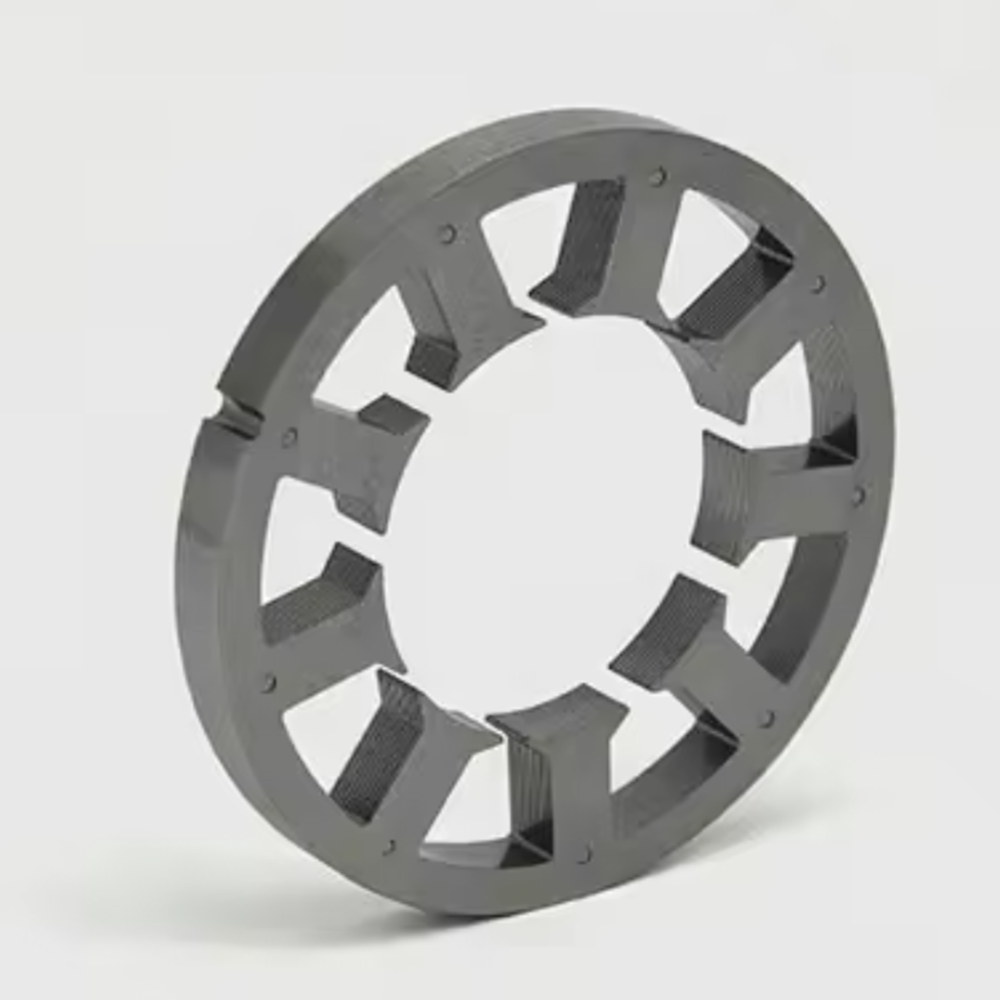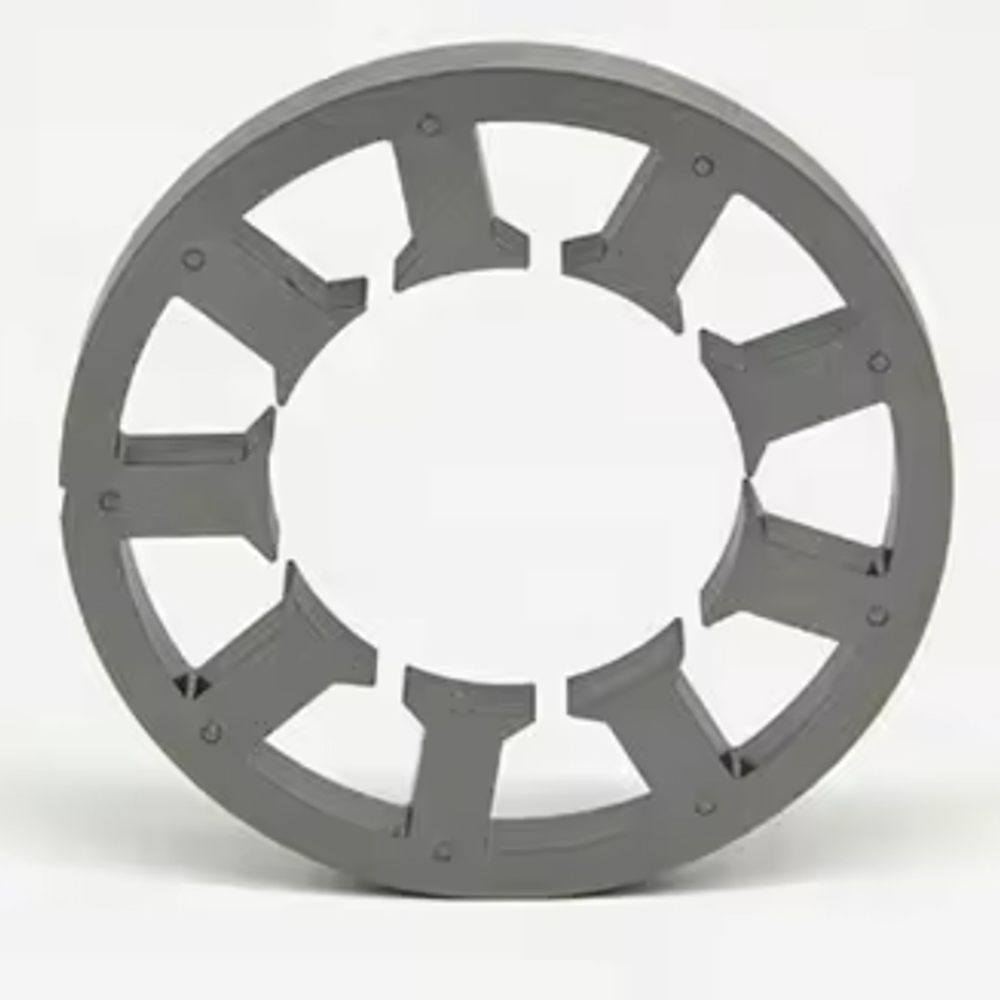Brushless motor rotors are an essential component of various technological applications, including drones, electric vehicles, and more. These rotors play a crucial role in the efficient functioning of these devices. This article explores the concept of brushless motor rotors, their working mechanism, customization options, and their applications in drones, electric vehicles, and other industries.
What are brushless motor rotors?
Brushless motor rotors are the rotating part of a brushless motor. Unlike traditional brushed motors, brushless motors do not have physical brushes that come into contact with the rotor. Instead, they use electronic commutation to control the motor's speed and direction. The rotor consists of permanent magnets that interact with the stator's electromagnetic field to produce rotational motion.
How do brushless motor rotors work?
Brushless motor rotors operate based on the principle of electromagnetic induction. When an electric current flows through the stator windings, it creates a magnetic field. This magnetic field interacts with the permanent magnets on the rotor, causing it to rotate. The electronic commutation system, typically controlled by a microcontroller, switches the current flow in the stator windings at precise intervals to maintain the desired speed and direction of rotation.
Customization of Brushless Motor Rotors
1. Material Selection:
The choice of materials for brushless motor rotors depends on factors such as weight, strength, and heat dissipation. Common materials include neodymium magnets, which offer high magnetic strength, and aluminum or steel alloys for the rotor body.
2. Shape and Design:
The shape and design of brushless motor rotors can be customized to optimize performance. Different rotor geometries, such as radial or axial flux designs, can be employed based on specific application requirements. Additionally, the number and arrangement of magnets on the rotor can be adjusted to achieve the desired torque and efficiency.

Applications in Drones
1. Drone Propulsion
Brushless motor rotors are widely used in drones for propulsion. Their compact size, high power-to-weight ratio, and efficient operation make them ideal for generating the necessary thrust to lift and maneuver drones.
2. Flight Control:
Brushless motor rotors also play a crucial role in drone flight control. By adjusting the speed and direction of rotation of individual rotors, drones can achieve stability, balance, and precise maneuverability.
Applications in Electric Vehicles
1. Electric Vehicle Propulsion:
Brushless motor rotors are integral to the propulsion system of electric vehicles. Their high efficiency and torque output enable electric vehicles to achieve high speeds and acceleration. Additionally, their compact size allows for more space-efficient vehicle designs.
2. Regenerative Braking:
Brushless motor rotors can also be utilized in regenerative braking systems in electric vehicles. During braking, the motor acts as a generator, converting the vehicle's kinetic energy into electrical energy, which can be stored in the vehicle's battery for later use.
Other Applications
1. Industrial Automation:
Brushless motor rotors find applications in various industrial automation systems, such as robotics, CNC machines, and conveyor systems. Their precise control and high torque output make them suitable for these demanding applications.
2. Medical Devices:
Brushless motor rotors are used in medical devices such as surgical tools, prosthetics, and medical imaging equipment. Their compact size, low noise operation, and precise control make them ideal for these sensitive applications.

Conclusion
Brushless motor rotors are versatile components that find applications in a wide range of industries. Their efficient operation, compact size, and customizable features make them indispensable in drones, electric vehicles, industrial automation, medical devices, and more. As technology continues to advance, the customization options for brushless motor rotors will further expand, enabling even more innovative applications in the future.
Customized Brushless Motor Rotors: Revolutionizing Electric Power Systems


